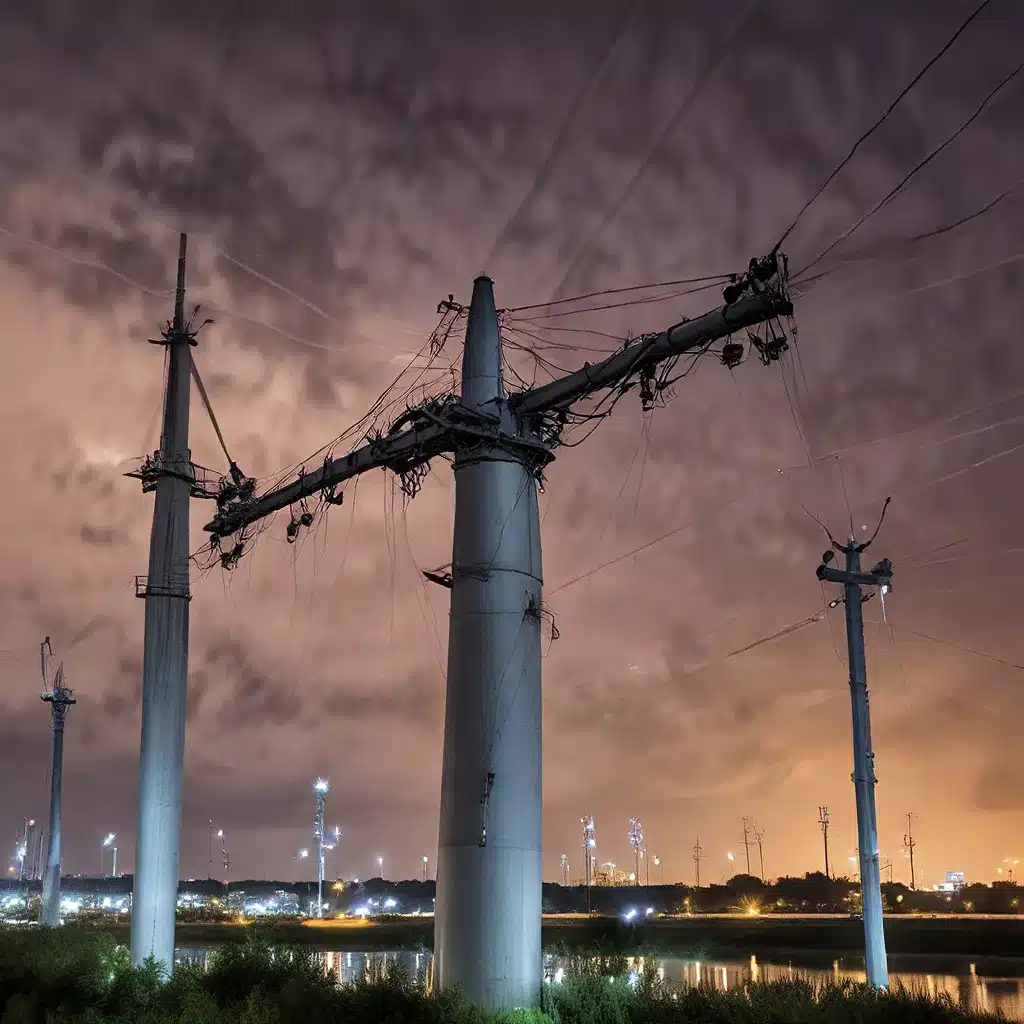
In an increasingly interconnected world, the critical infrastructure that underpins our society has become increasingly reliant on sensor networks and Internet of Things (IoT) technologies. From power grids and transportation systems to water treatment facilities and industrial automation, these advanced systems provide invaluable data and control capabilities. However, with this increased connectivity comes a heightened risk of cyber threats and attacks that can have devastating consequences for our national security, economic stability, and public safety.
Understanding the Landscape of Sensor Networks and IoT in Critical Infrastructure
Sensor networks and IoT have revolutionized the way we monitor, manage, and optimize critical infrastructure. These systems collect and analyze vast amounts of real-time data, enabling operators to make informed decisions, optimize performance, and respond quickly to emerging issues. Programmable Logic Controllers (PLCs), Remote Terminal Units (RTUs), and Human-Machine Interfaces (HMIs) are just a few examples of the OT (Operational Technology) endpoints that are integral to these industrial control systems.
However, the integration of these IT (Information Technology) and OT systems has also introduced new vulnerabilities. Unmanaged assets like sensors and RTUs, which often lack built-in security features, can become entry points for cyber attackers. Moreover, the diversity of OT protocols and the need to maintain operational continuity at all costs can make the implementation of traditional endpoint protection platforms (EPP) and endpoint detection and response (EDR) solutions challenging in these environments.
Securing Sensor Networks: The Evolving Threat Landscape
The cyber threats facing critical infrastructure are constantly evolving, with nation-state actors and criminal syndicates increasingly targeting these vital systems. Supply chain attacks, zero-day vulnerabilities, and lateral movement between IT and OT networks are just a few of the sophisticated techniques used by adversaries.
According to the Cybersecurity and Infrastructure Security Agency (CISA), the 16 critical infrastructure sectors in the United States, including energy, transportation, and water systems, are considered so vital that their disruption would have a debilitating effect on national security, economic security, and public health and safety.
To combat these threats, organizations must adopt a comprehensive cybersecurity approach that encompasses asset visibility, endpoint security, network segmentation, policy enforcement, vulnerability management, and ownership and governance. Continuous monitoring and threat intelligence are also essential for detecting and mitigating attacks in real-time.
Challenges in Securing OT Endpoints
The unique characteristics of OT environments pose significant challenges for traditional IT security solutions. HMIs, Engineering Workstations (EWS), and historians often run on legacy systems and prioritize operational safety and availability over security, making them incompatible with many EPP and EDR tools.
Resource constraints, such as limited memory and CPU, further complicate the implementation of security software on these OT endpoints. Network-based approaches can help overcome these issues, but organizations must carefully balance security and operational continuity to maintain the integrity and safety of critical industrial processes.
Advancements in OT Endpoint Security
Despite these challenges, manufacturers are increasingly integrating new security features into their OT devices, such as PLCs and RTUs, to enhance their cybersecurity defenses. Extended Detection and Response (XDR) platforms, which leverage machine learning to continuously profile endpoint and network behavior, have also emerged as a promising solution for managed hosts in OT environments.
However, the adoption of secure-by-design OT protocols has been slow, and legacy devices still dominate many industrial settings. As a result, prioritizing robust network security remains a practical and effective strategy for securing OT endpoints.
The Role of OT Endpoint Security in Industrial Cybersecurity Programs
Integrating OT endpoint security into a comprehensive industrial cybersecurity program is paramount for fortifying the cybersecurity posture of industrial environments. Establishing asset visibility, deploying endpoint protection where possible, and implementing network segmentation are all crucial components of this approach.
Continuous monitoring and threat intelligence play a pivotal role in detecting and mitigating attacks in real-time, helping organizations adapt to dynamic threat landscapes and safeguard against evolving cyber threats, including nation-state-sponsored attacks and geopolitical challenges.
By addressing the unique challenges of OT endpoints and leveraging the latest advancements in endpoint security technologies, organizations can enhance the resilience of their critical infrastructure and protect their operational technology from malicious actors.
Securing the Future of Sensor Networks and IoT
As the reliance on sensor networks and IoT in critical infrastructure continues to grow, the need for robust cybersecurity measures has never been more pressing. By understanding the threat landscape, implementing tailored security solutions, and fostering a culture of collaboration and information sharing, we can safeguard our vital systems and ensure the resilience of our sensor networks and IoT in the face of evolving cyber threats.